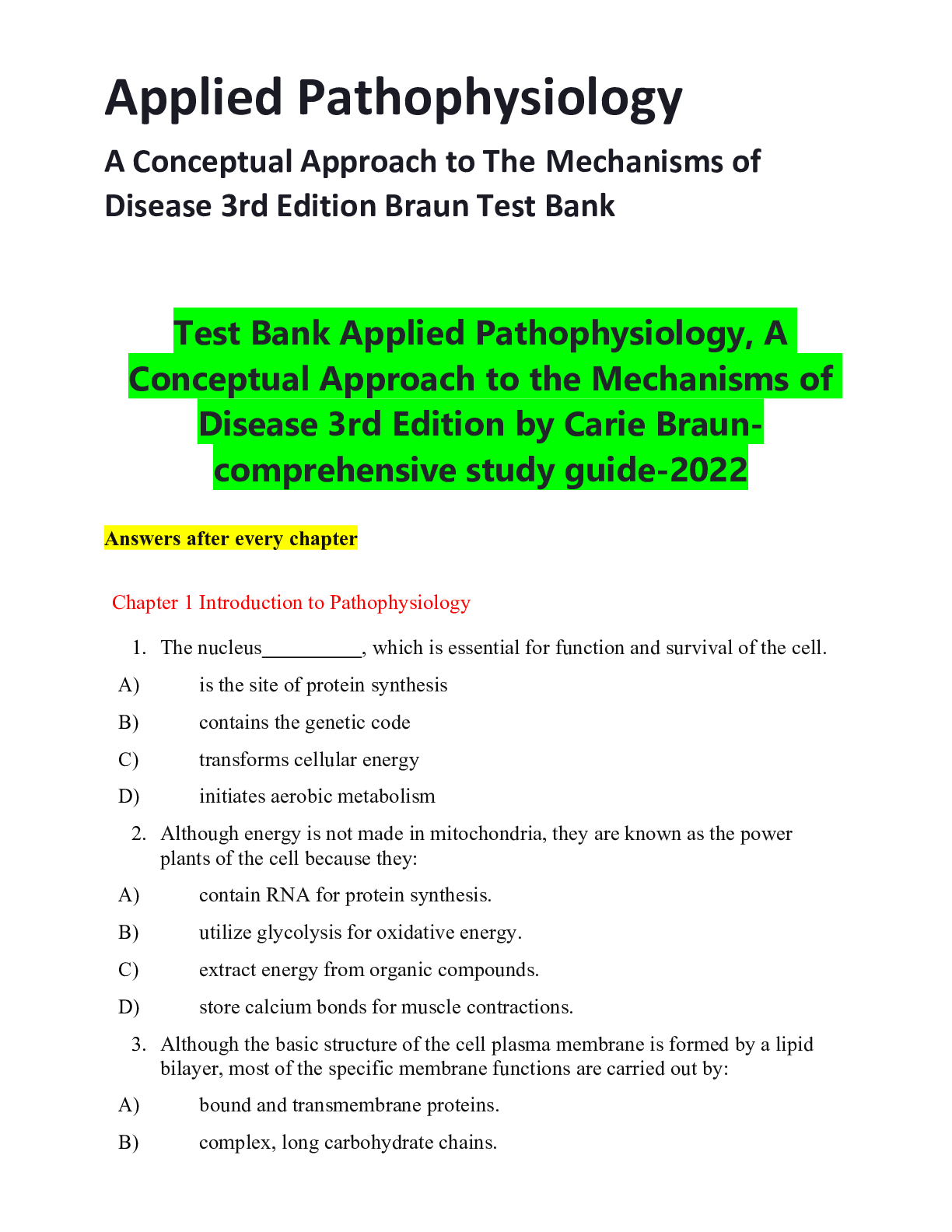Health Care > TEST BANK > TEST BANK: Womens Health A Primary Care Clinical Guide 5th Edition Youngkin Schadewald Pritham. All (All)
TEST BANK: Womens Health A Primary Care Clinical Guide 5th Edition Youngkin Schadewald Pritham. All Chapters 1-26. Questions And Answers Plus Rationales in 150 Pages/ Rated A
Document Content and Description Below
TEST BANK: Womens Health A Primary Care Clinical Guide 5th Edition Youngkin Schadewald Pritham. All Chapters 1-26. Questions And Answers Plus Rationales in 150 Pages/ Rated A Women’s Health A P... rimary Care Clinical Guide 5th Edition Youngkin Schadewald Pritham Test Bank Chapter 1 Access to Women’s Health Care in the United States: Affordability, Equity, Rights 1. Which health occupation has the highest percentage of women? A. Pharmacists B. Physical therapists C. Registered nurses D. Dental hygienists Answer: D 2. Which health occupation has the lowest percentage of women? A. Physicians B. Dentists C. Pharmacists D. Physical therapists Answer: B 3. Which health profession has the largest number of workers? A. Health aides B. Physicians C. Licensed practical nurses D. Registered nurses Answer: D 4. Which of the following are certifications available in advanced practice registered nursing? (Select all that apply.) A. Certified nurse midwife B. Certified registered nurse anesthetist C. Certified nurse pharmacologist D. Clinical nurse specialist E. Nurse practitioner Answer: A, B, D, E 5. What level of education is required to become a licensed practical nurse? A. 2-year master’s degree (in addition to a 4-year bachelor’s degree) B. 4-year bachelor’s degree C. 2-year associate’s degree D. 1-year certificate or diploma Answer: D 6. What percentage of physicians and surgeons in the United States in 2014 were women? A. 27% B. 37% C. 47% D. 57% Answer: B 7. What medical specialty has the highest percentage of women? A. General pediatrics B. Obstetrics and gynecology C. Orthopedic surgery D. Urology Answer: A 8. On an average, the income of female physicians is what percentage of that of male physicians? A. 59% B. 79% C. 99% D. 109% Answer: A 9. What level of education is required to become a pharmacist? A. 6-year doctorate degree B. 2-year master’s degree (in addition to a 4-year bachelor’s degree) C. 4-year bachelor’s degree D. 2-year associate’s degree Answer: A 10. Which of the following is the median income of dentists in the United States (2012)? A. $89,310 B. $109,310 C. $129,310 D. $149,310 Answer: D 11. Which of the following are the current trends in dentistry? (Select all that apply.) A. More specialists than generalists B. Research linking oral health to overall health C. Focus on treatment of disease rather than prevention D. Expected growth of 18% from 2014 to 2024 E. Increasing demand for dental implants, bridges, and cosmetic services Answer: B, D, E 12. Which allied health occupation is projected to be the fastest growing? A. Health information technicians B. Nursing aides C. Occupational therapists D. Paramedics Answer: A 13. One in five workers in which of the following allied health occupation is at or below the federal poverty level? A. Medical assistant B. Home health aide C. Radiology technician D. Speech-language pathologist Answer: B 14. Veronica is a registered nurse who pours herself into her job. She works long hours without complaint andstrives to do her best. Often, she maintains a cheerful, caring, and kind demeanor on the outside whilefeeling exhausted and frustrated on the inside. The effort it takes to maintain this front before her patientsresults in a lot of stress. This phenomenon can best be described as which of the following? A. Identity crisis B. Psychological disparity C. Emotional dissonance D. Gender discrimination Answer: C 15. Tests of implicit racial bias among health professionals have revealed which of the following? A. An unconscious preference for Whites over Blacks B. Use of racially charged, derogatory language C. Sharing of racist jokes D. Lower pay for racial minorities Answer: A Chapter 2 Women’s Development into the 21st Century 1. To enhance women’s health care in the 21st century, researchers should do which of the following? (Select all that apply.) A. Design studies in collaboration with women B. Analyze changes in women’s health data relative to men’s C. Include homogeneous populations of women in studies D. Translate research findings into clinical and public health practice [Show More]
Last updated: 11 months ago
Preview 1 out of 145 pages

Reviews( 0 )
Document information
Connected school, study & course
About the document
Uploaded On
Sep 14, 2022
Number of pages
145
Written in
Additional information
This document has been written for:
Uploaded
Sep 14, 2022
Downloads
0
Views
55

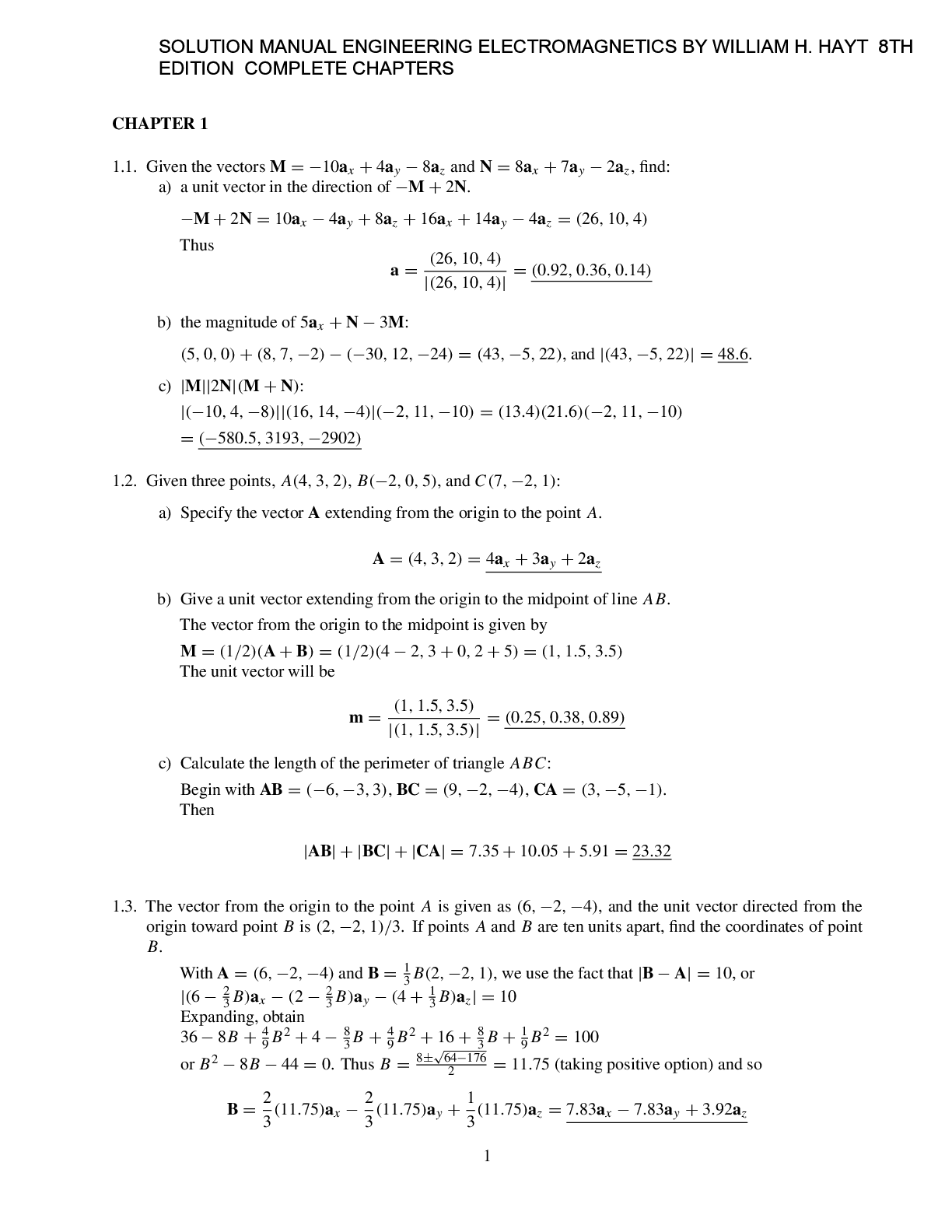
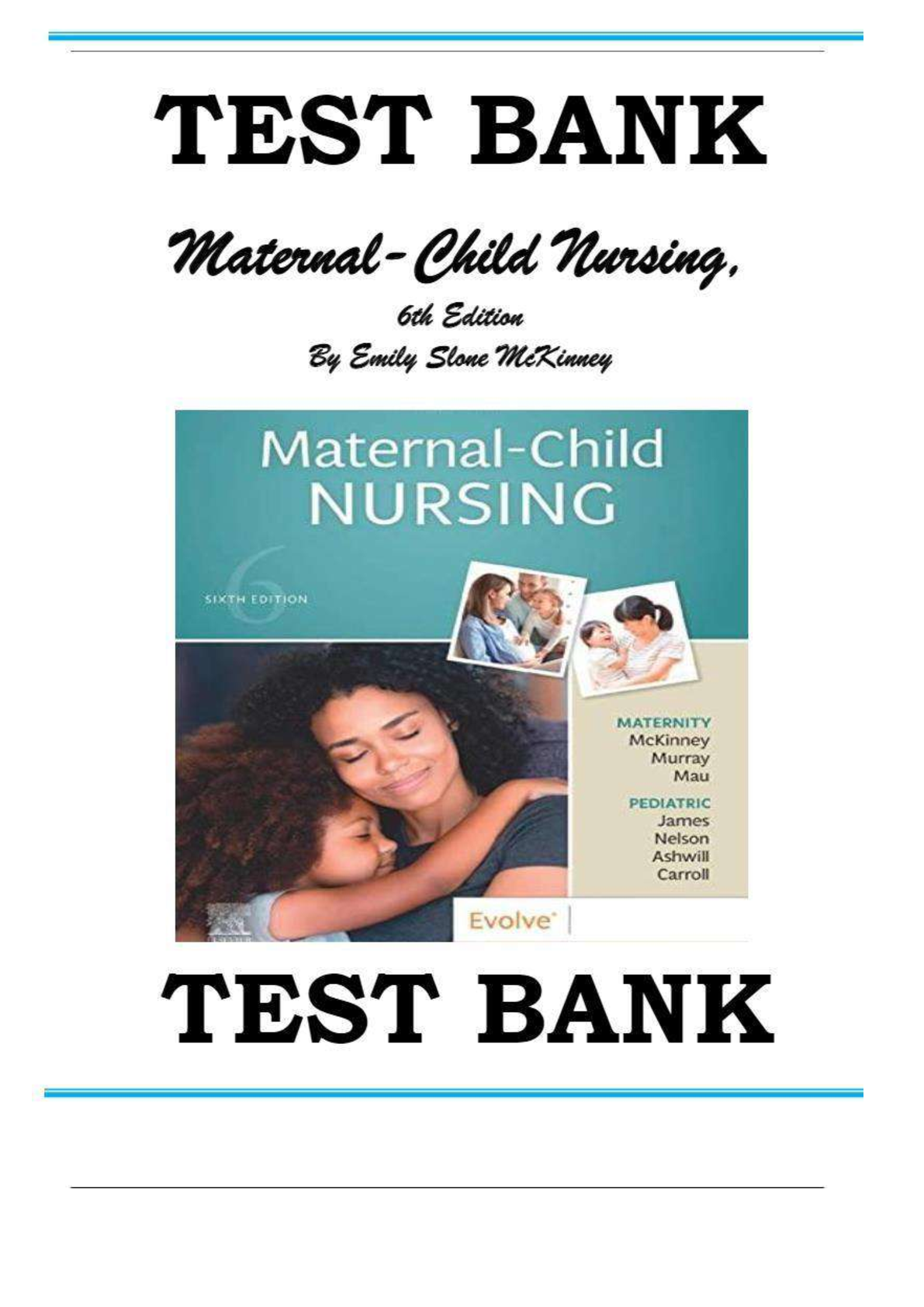

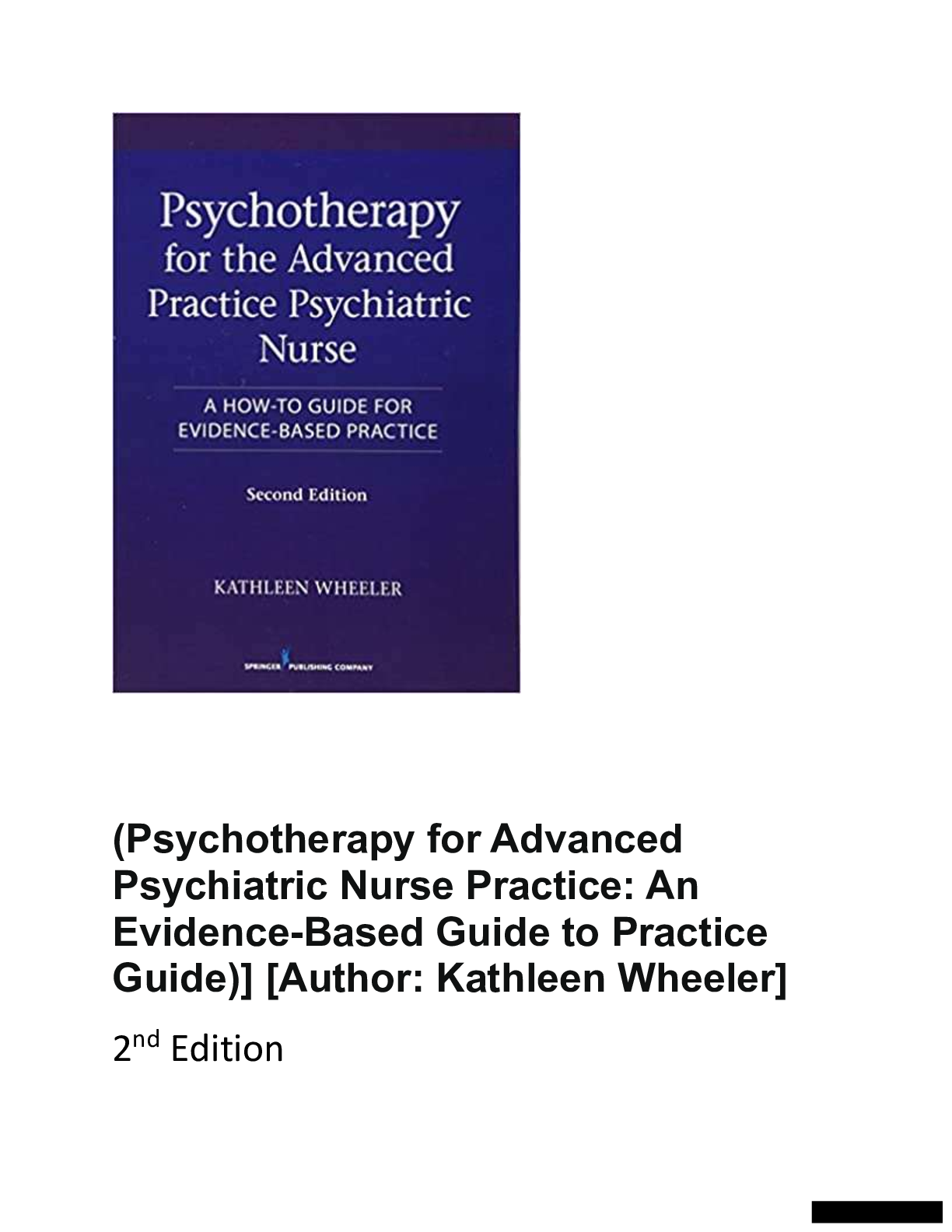

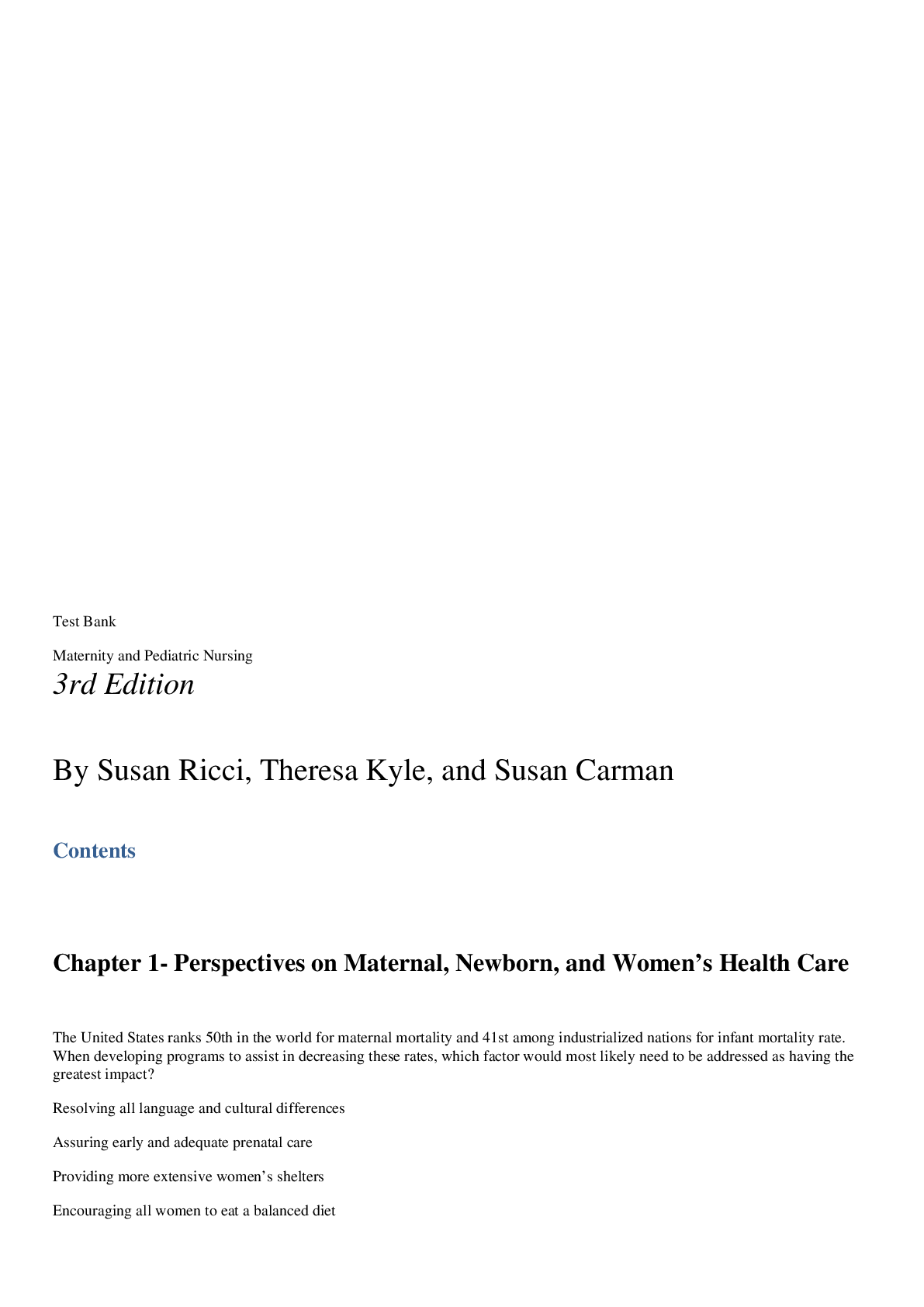
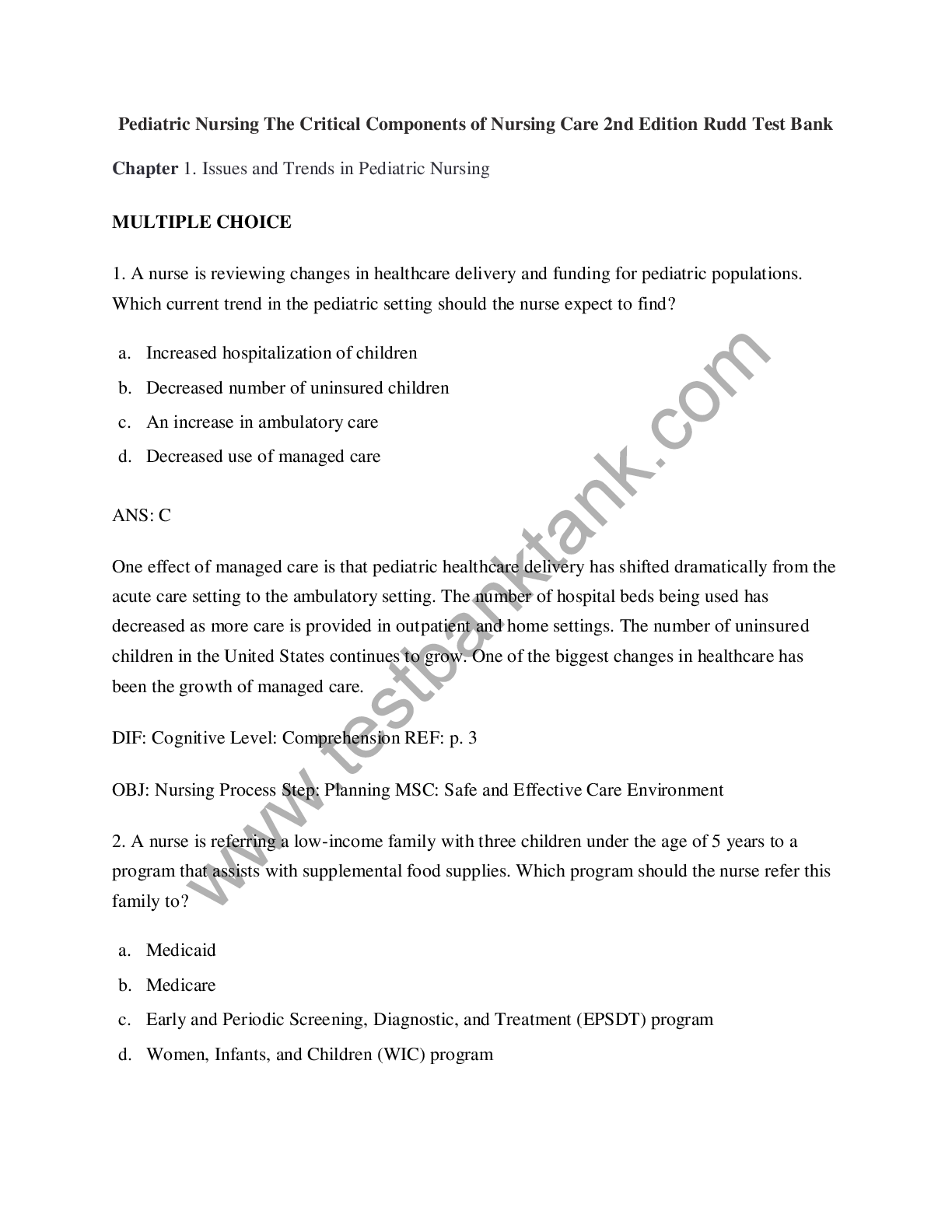
_compressed.png)
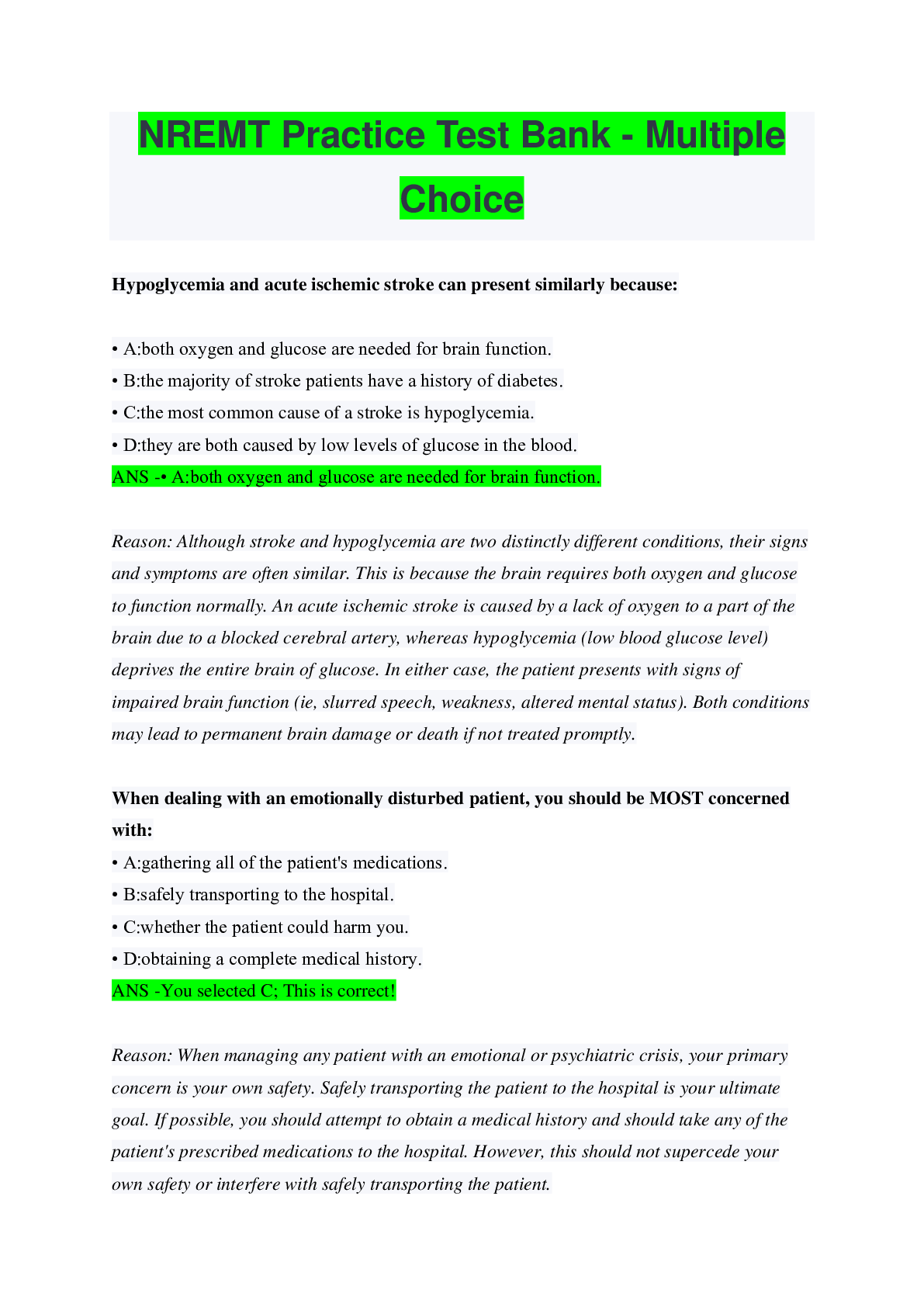




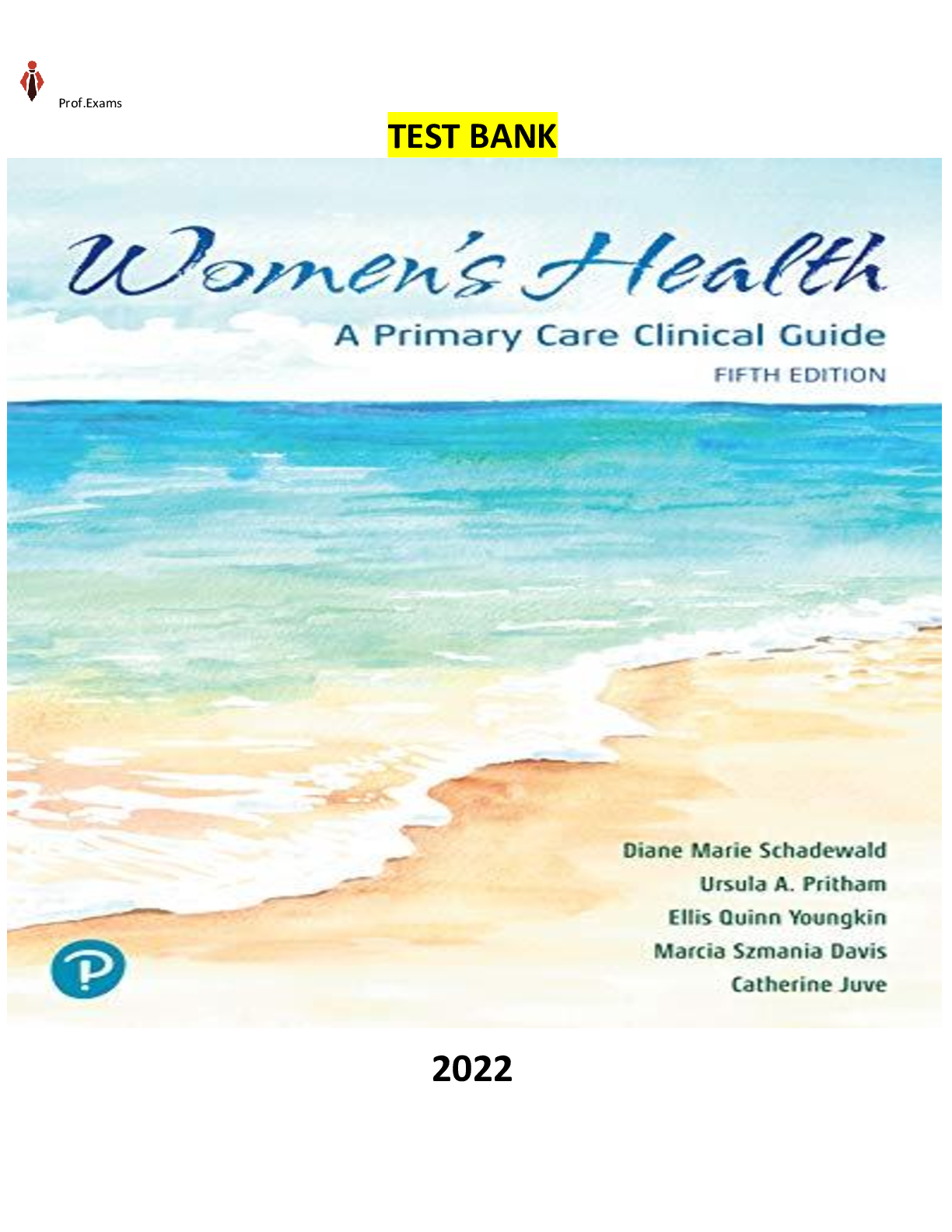
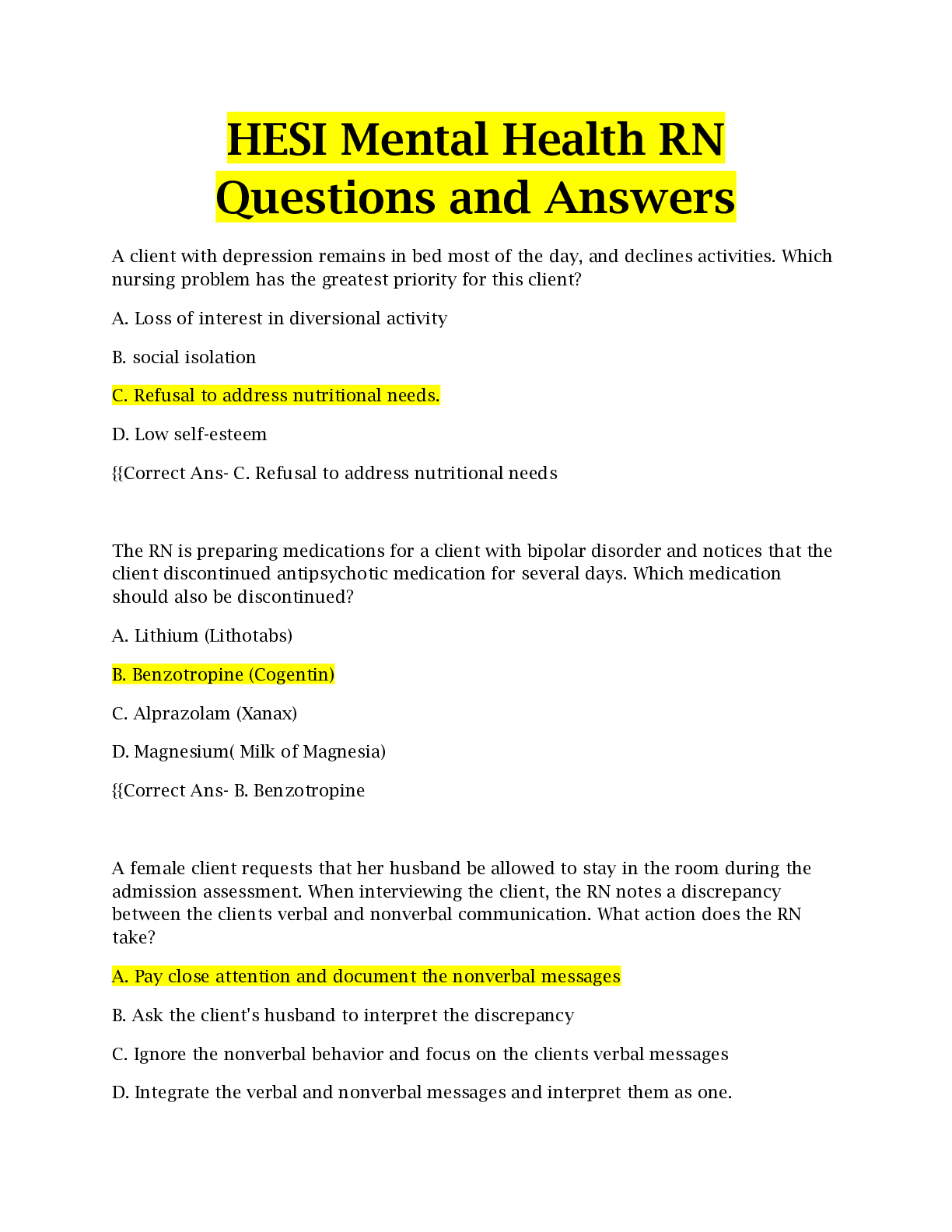
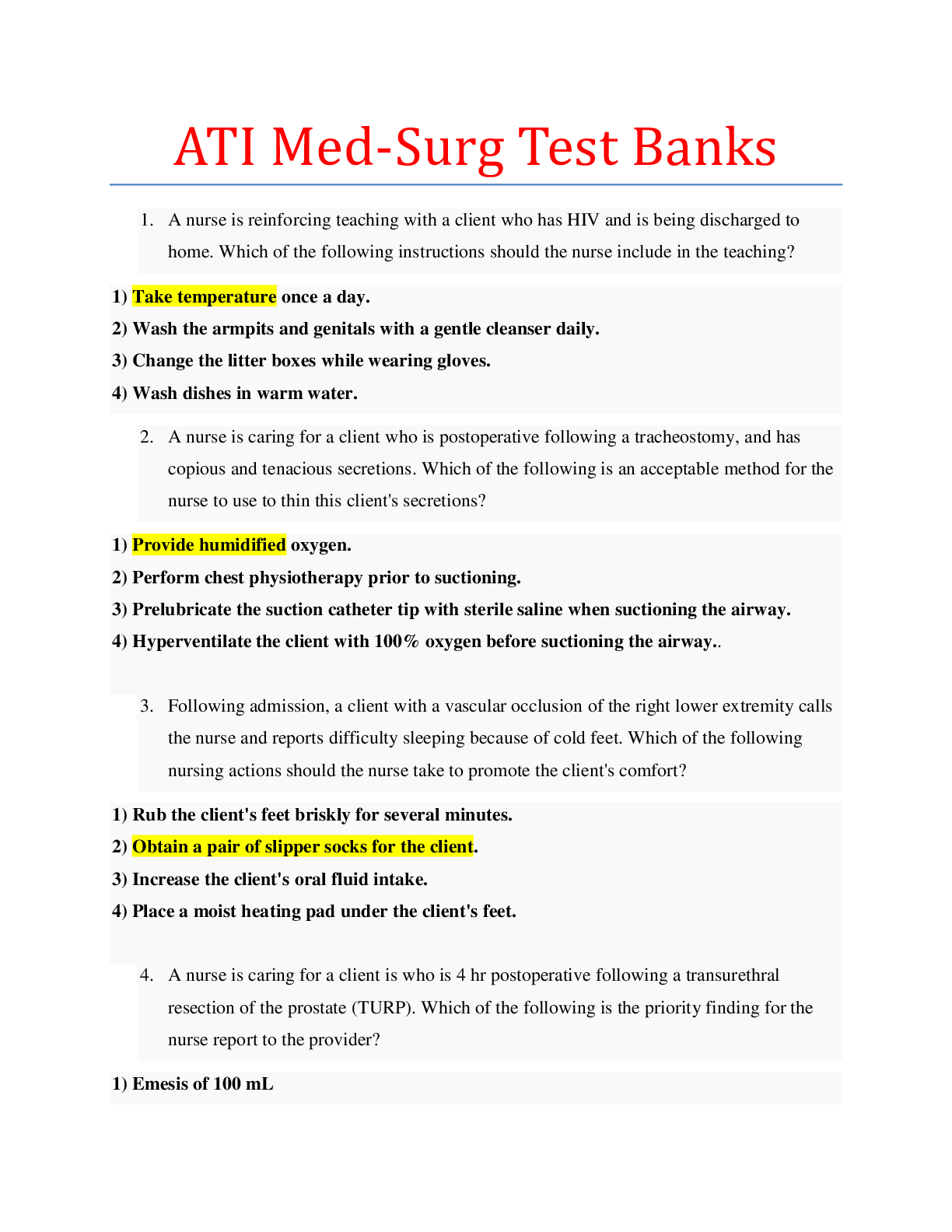
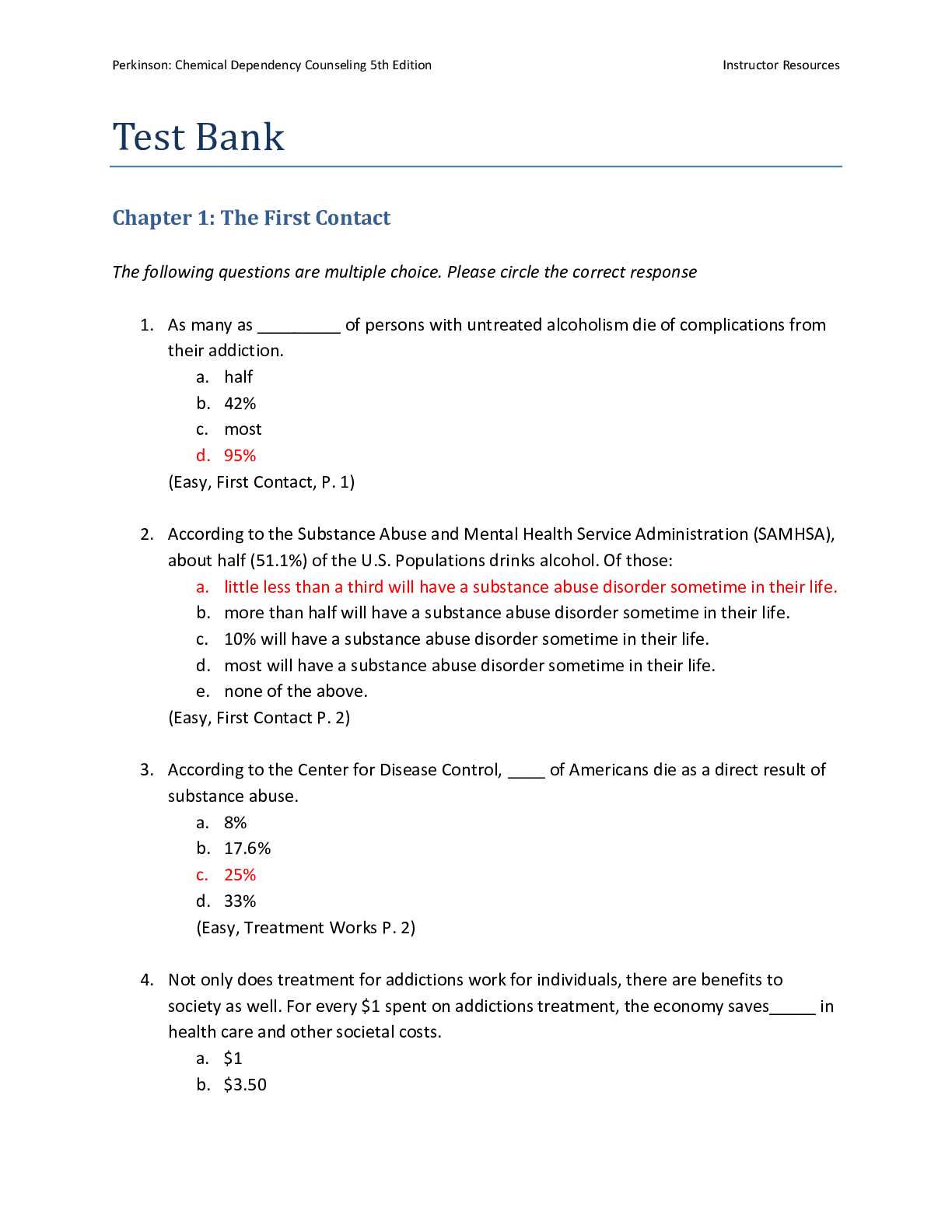
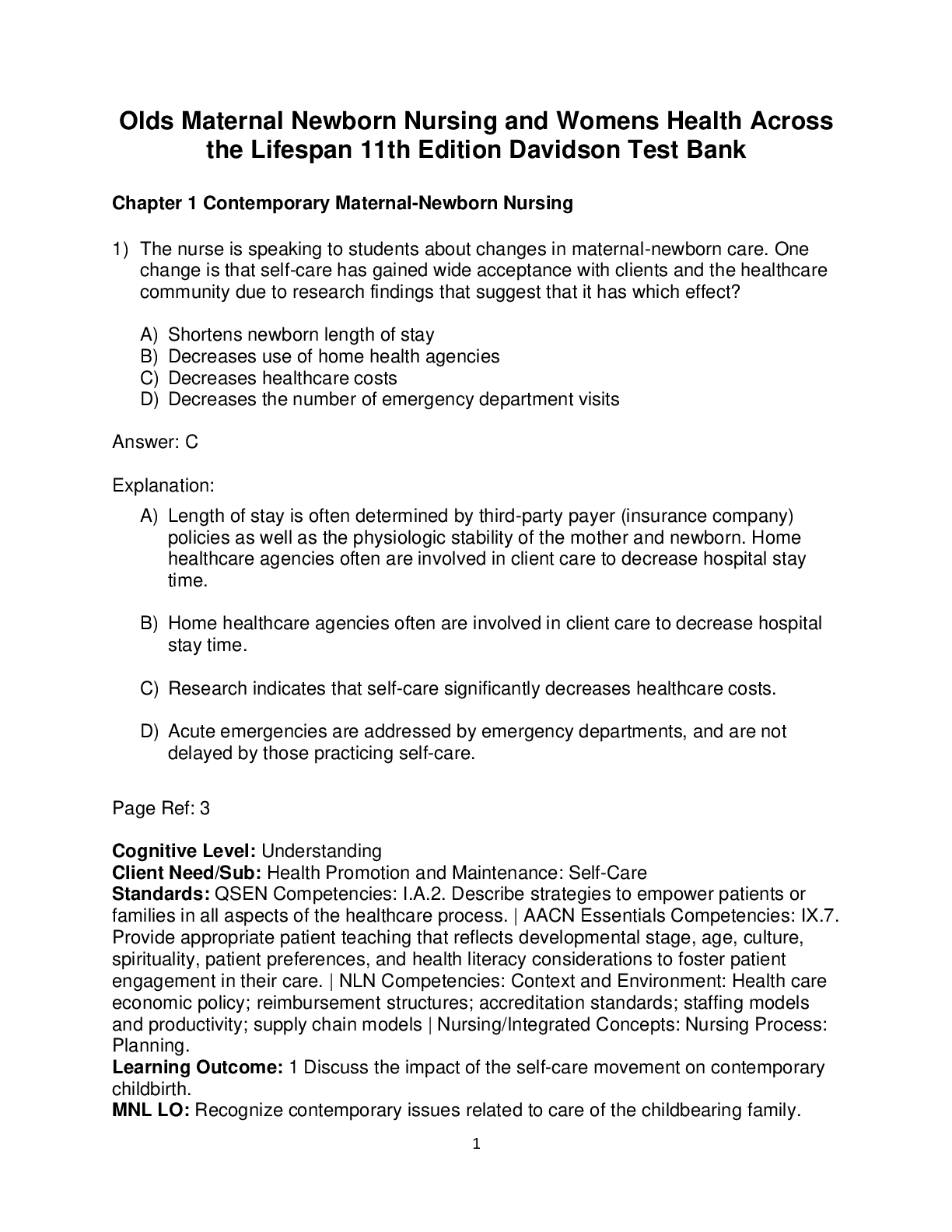


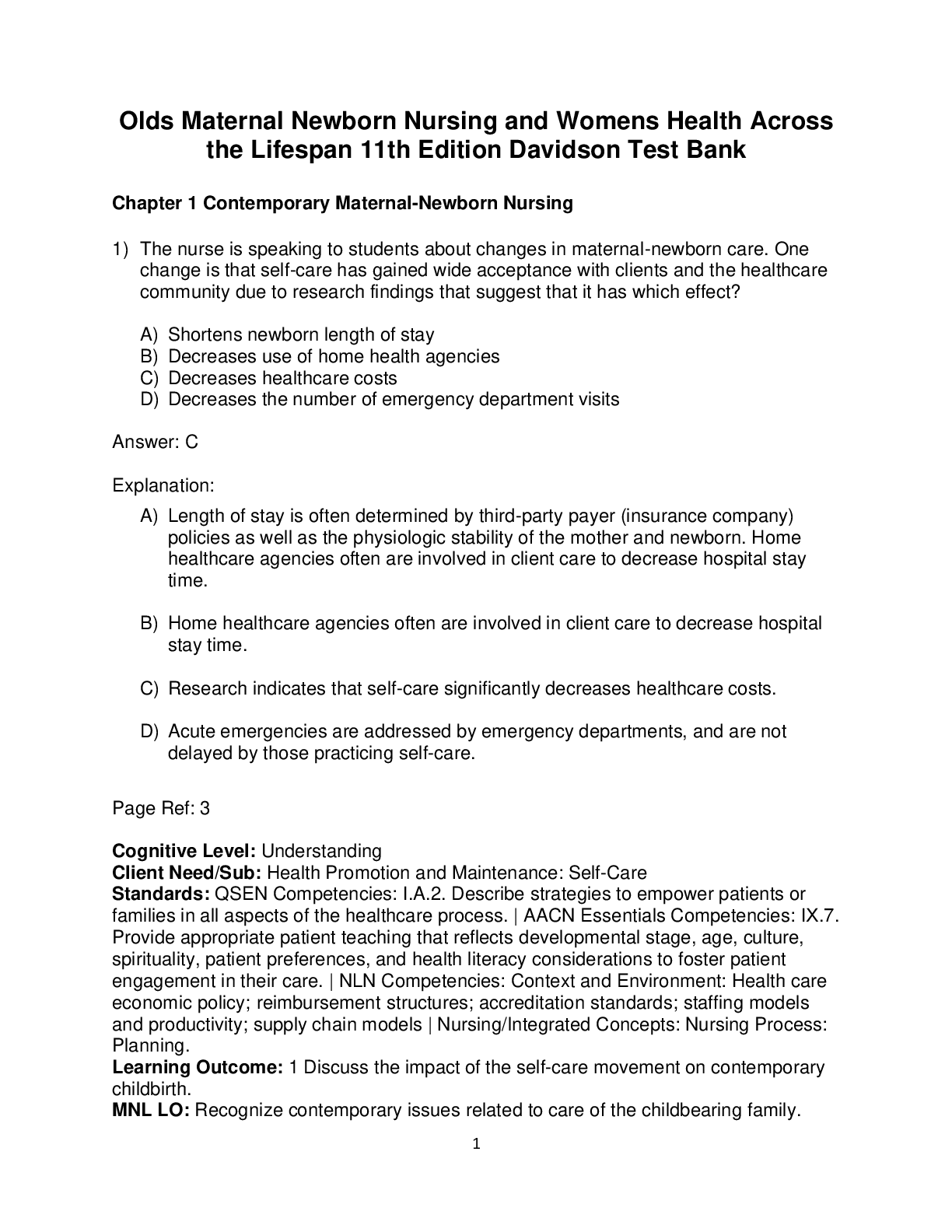
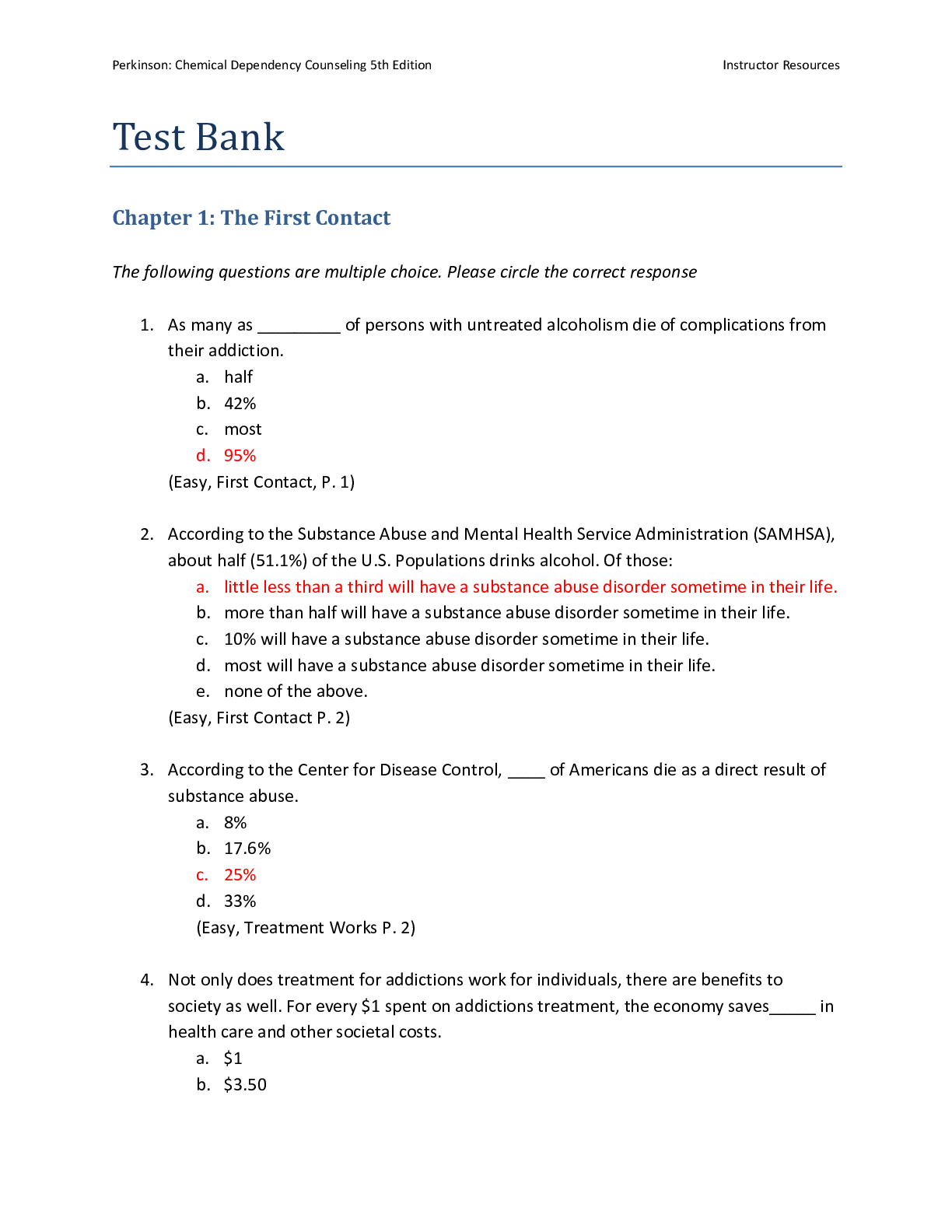
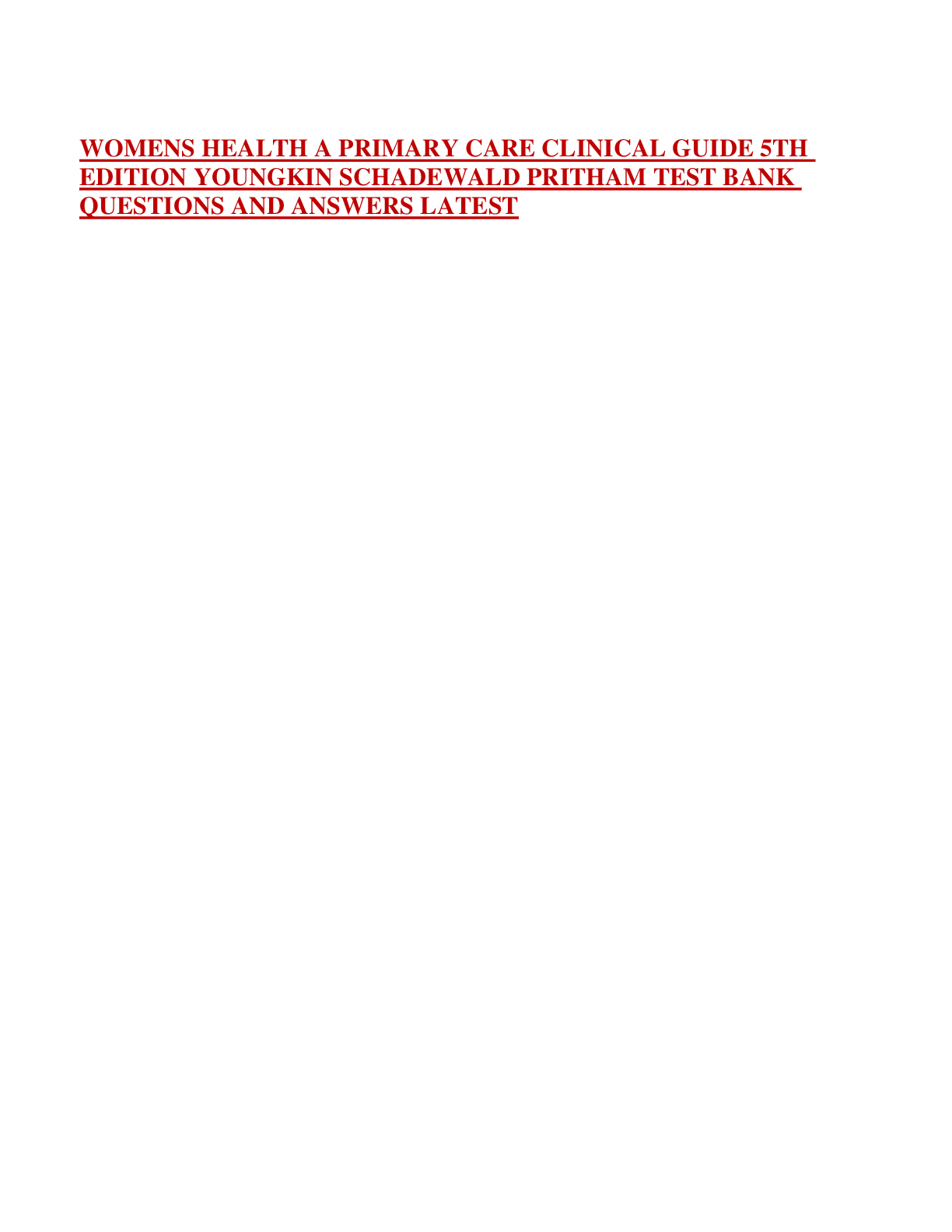
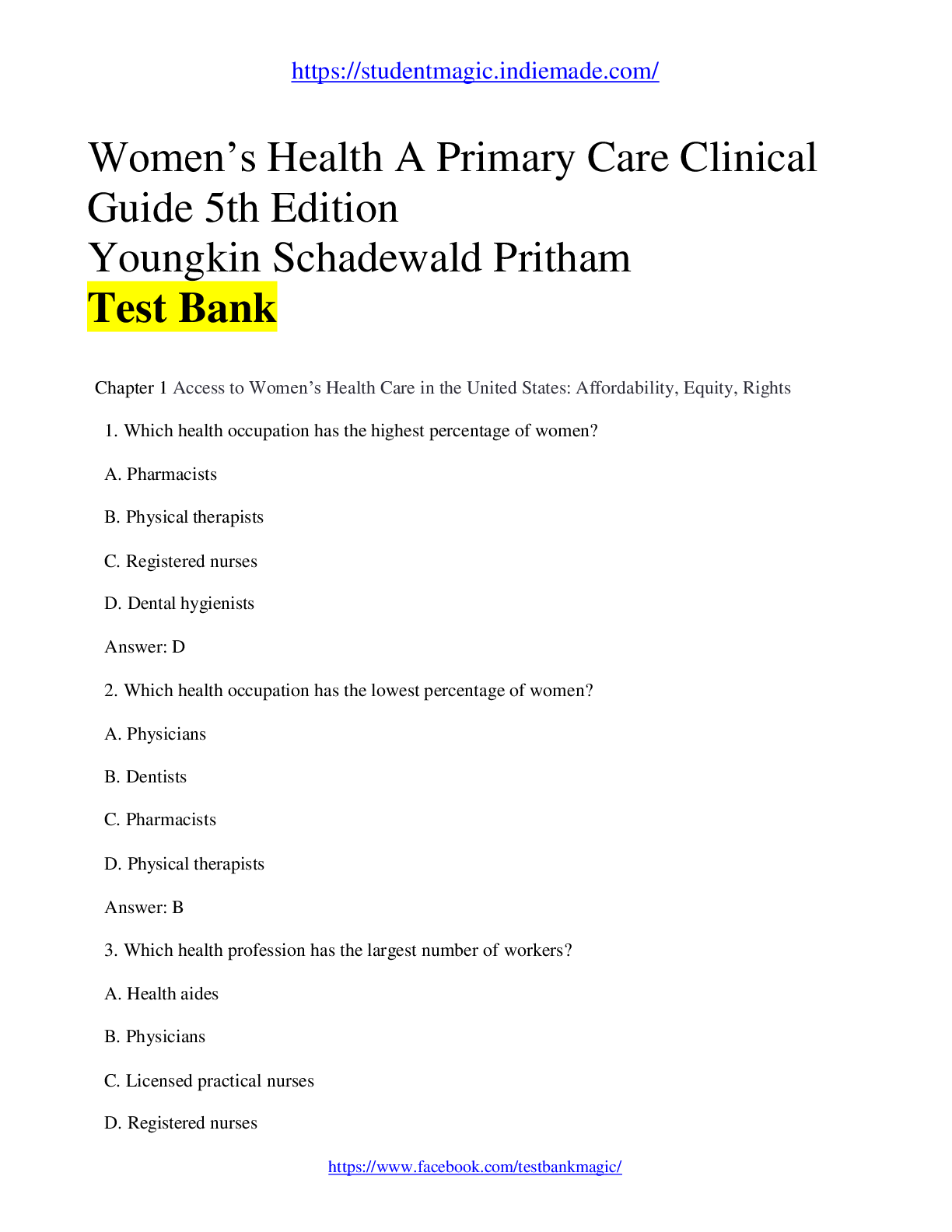
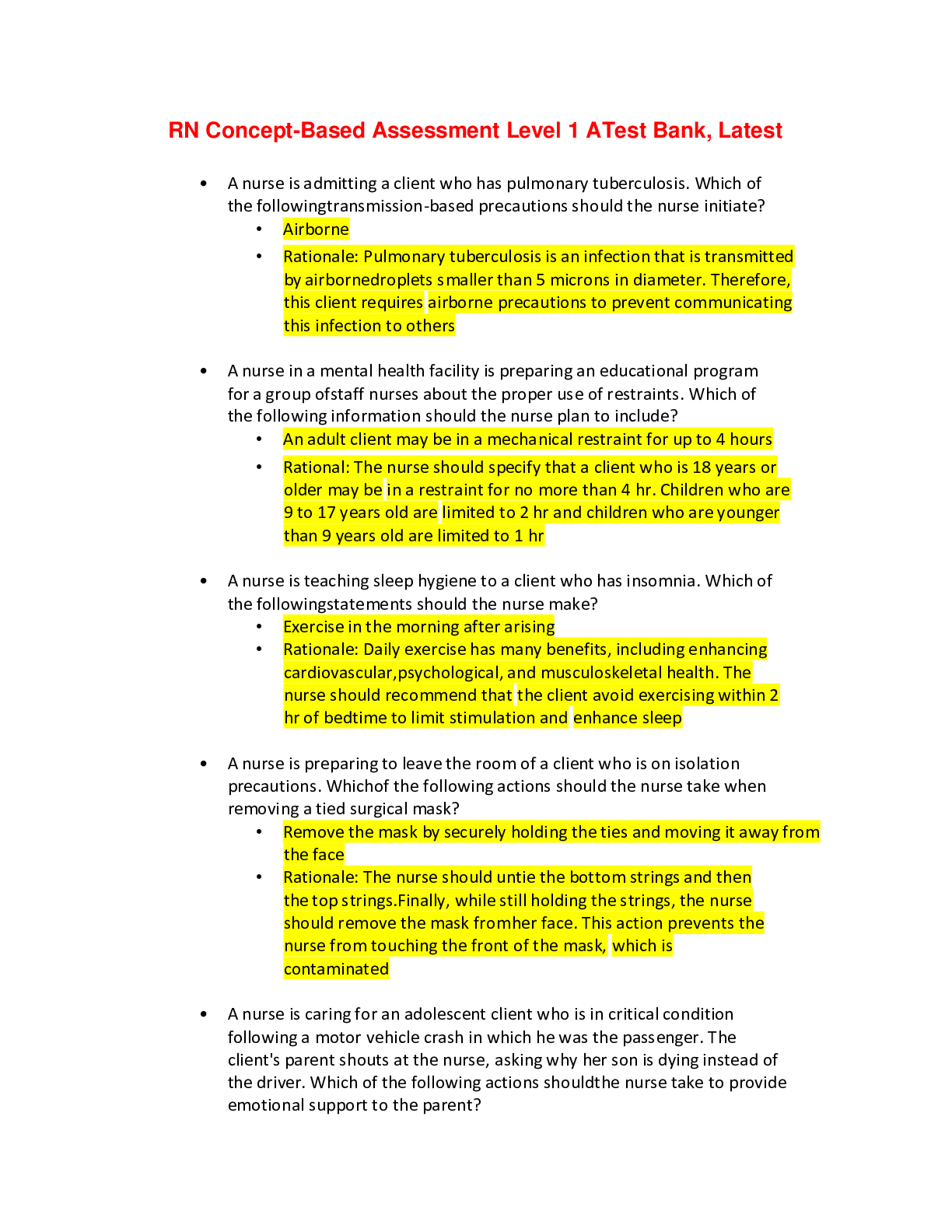
.png)
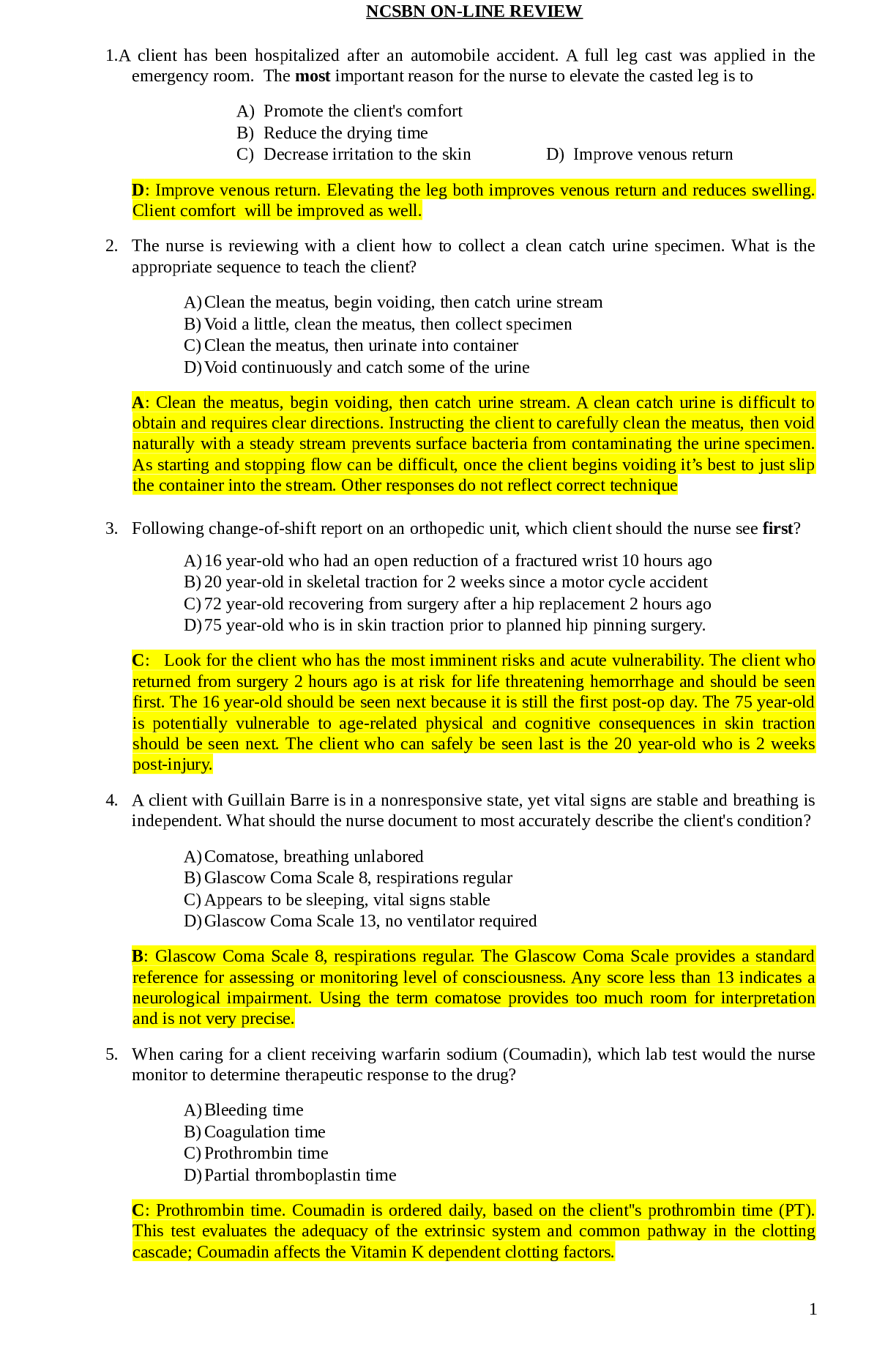

.png)
